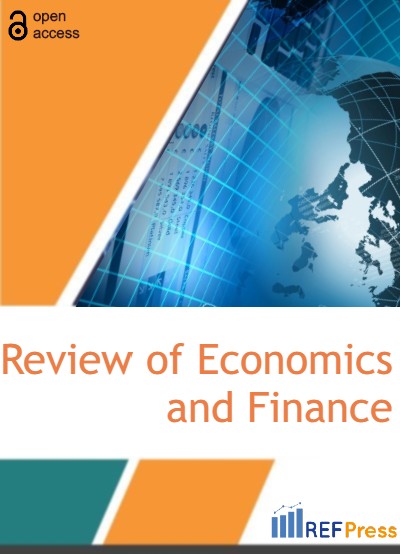
Trickle-Down Consumption in a Country with High Income Inequality: Evidence from Mexico
(Pages 142-155)Daniel González Olivares and Mauricio Ramírez Grajeda*
Departamento de Métodos Cuantitativos, CUCEA, Universidad de Guadalajara.
DOI: https://doi.org/10.55365/1923.x2020.18.16
Abstract:
Can consumption inequality in Mexico be linked to the existence of a systematic relationship between the expenditure of top income households and that of households with lower incomes? In this paper we use a pseudopanel data set with state year variations in income and consumption to explain the idea of trickle-down consumption. For the analysis, we use the National Survey on Household Income and Expenditure (ENIGH) and we show, for the period 1992-2010, that growing income inequality in the country is intrinsically related to changes in consumption by middle-income households. In the results, we find that a 10 percent increase in income for rich households, increases the consumption of middle-income households by 1.57 percent. Also, applying a counterfactual exploratory analysis, we find that middle-income households could have saved around 20 percent more, if their income had grown at the same rate as that of rich households.
Keywords:
Trickle-Down Consumption, Pseudo-Panels, Mexico, Income and Consumption Inequality.
How to Cite:
Daniel González Olivares and Mauricio Ramírez Grajeda. Trickle-Down Consumption in a Country with High Income Inequality: Evidence from Mexico. [ref]: vol.18.2020. available at: https://refpress.org/ref-vol18-a16/
Licensee REF Press This is an open access article licensed under the terms of the Creative Commons Attribution Non-Commercial License (http://creativecommons.org/licenses/by-nc/3.0/) which permits unrestricted, non-commercial use, distribution and reproduction in any medium, provided the work is properly cited.
